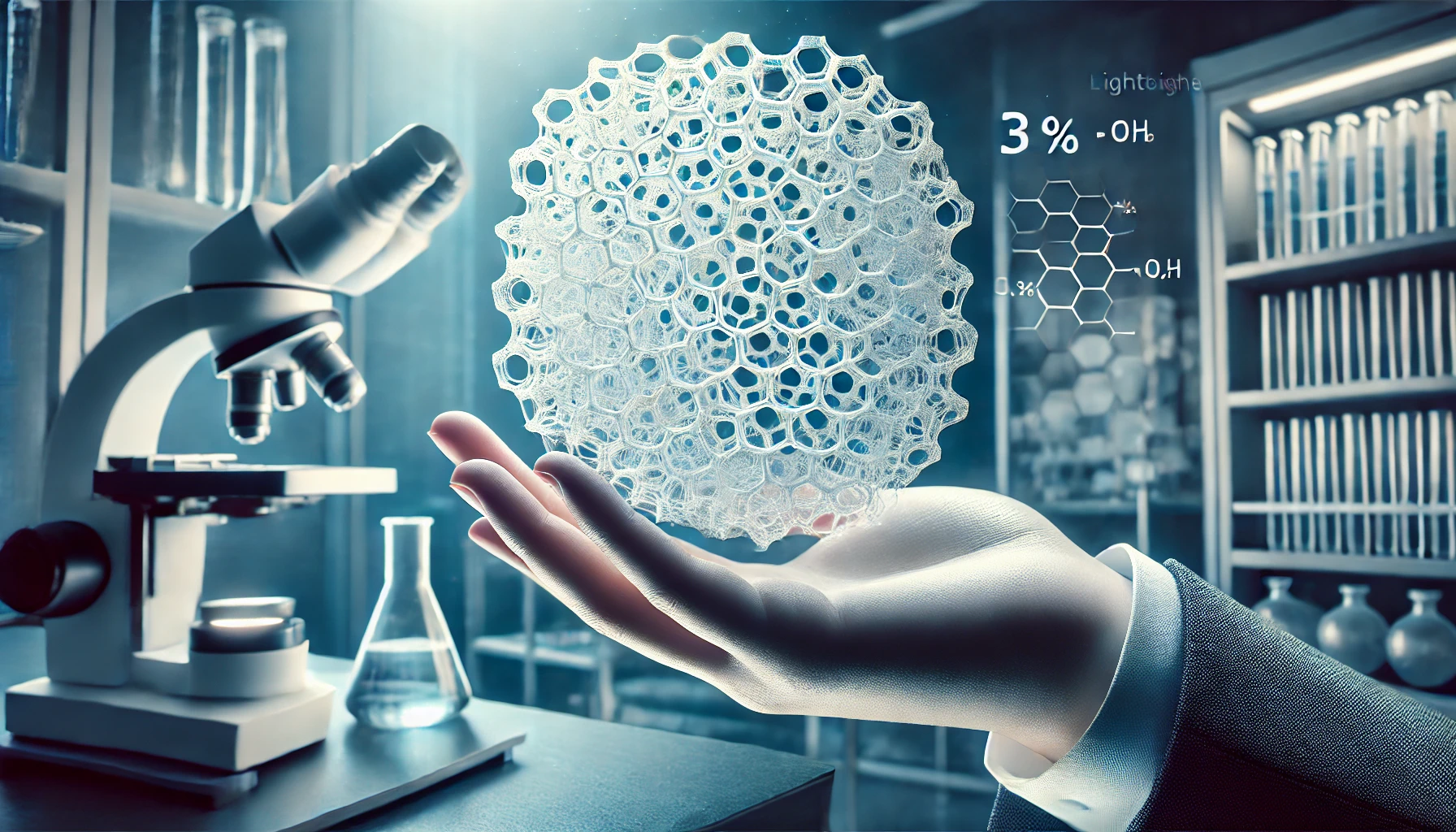Aerogels are ultra-lightweight solids composed of 99% air, created through supercritical drying. Their low thermal conductivity and high surface area make them a great insulator, energy-efficient, and innovative material for a variety of industries. There are several use cases, including NASA.
Is it possible to have a solid material that is ‘light as air’? Is it possible to have a material that is 99% air and 1% solid? It is possible to create a gel mass that is 99% liquid and remove all of the liquid from it, just as you would remove all of the concrete from a building, leaving only the rebar. However, if you dry it like a wet towel or apply heat like boiling water in a pot to remove the liquid from the solid, the bouncy, curly mass dries to a handful of powder.
In 1931, in a laboratory in California, Steve Kistler used a special drying method to create the seemingly impossible: a substance that was 99% air. When a large lump fails to hold its shape and crumbles into a handful of powder, it is due to the surface tension and capillary forces acting on the solid’s skeleton as the liquid inside turns to gas. Supercritical drying is a drying method that has been able to essentially overcome this limitation.
Just as water turns to ice at 0 degrees Celsius and boils to steam at 100 degrees Celsius, substances reach a supercritical state above a certain temperature and pressure, called the supercritical temperature. A substance in a supercritical state, which is both a liquid-like gas and a liquid-like gas, can no longer be characterized as either, and the substance can no longer feel the change in state at all. In other words, if the liquid in the solid is first changed to a supercritical state and then to a gas, the solid, which is the backbone, can be replaced by a gas, leaving the liquid inside unaffected. This method of supercritical drying has led to the creation of a new substance, aerogel, nicknamed “frozen air,” that is, a solid skeleton.
Imagine a fluffy bear-shaped gummy bear that has been soaked in water all day, and then all the water in the wet gel is removed, leaving a light, hollow bear with a skeleton that barely holds its shape. Mostly empty space, aerogels are so light that you can’t actually feel them in the palm of your hand. In addition to its lightness, aerogels have other interesting properties.

One of the most important characteristics of aerogels, which have a very special structure – a solid skeleton made up of 90-99.8% air pores, is their very low thermal conductivity. Because they have very small air pores (meso-pores), typically 2-40 nm, air particles passing through them can no longer freely transfer heat, leaving only the skeleton, which is so dense that it transmits very little radiant heat. The use of silica (SiO2) aerogels as super-insulating materials is being commercialized to maximize these advantages.
In fact, it is being used as insulation in the walls of historic buildings when they are being refurbished, and it is also being used as an aerogel blanket mixed with other organic materials to insulate various parts. NASA first used silica aerogel as a super-insulator in 1996 for Sojourner, the terrain rover of the Mars Exploration Rover Pathfinder, to help it withstand the extreme temperatures on Mars, and later used silica aerogel mixed with graphite for the Mars Exploration Rover Spirit and Opportunity in 2003 to further maximize its insulating effect.
Aerogels, which are made up of tiny nanoscale particles and air pores, have a structural advantage over other solid materials because they maximize the surface area that is in contact with the outside world, providing more reaction sites. This has led many scientists to accelerate their research on highly reactive metal oxide aerogels. Al2O3 aerogels, which can be used as supercapacitors using surface chemical reactions, and YSZ (Y2O3 doped ZrO2) aerogels, which are used as anode materials for fuel cells, are representative examples.
In addition, functional aerogels are being actively researched for a variety of applications, including cardiovascular implantable devices, biomaterials such as drug delivery vehicles, and spacecraft as absorbers for hypervelocity nuclear particles. This versatility is revolutionizing a wide range of industries.
Despite their recent discovery, aerogels have attracted numerous researchers as one of the dream materials that will change the future because of their unique structural features, such as ultra-low density, maximized surface area, and high porosity of more than 95%, which are not found in any other solid material. In the future, advances in synthesis and processing technologies are expected to lead to significant innovations in a wider range of applications.
In particular, they are expected to make a significant contribution to environmental issues and energy efficiency. The excellent thermal insulation performance of aerogels can play a major role in reducing energy consumption in buildings and reducing heating and cooling costs. In addition, their versatility in a wide range of industries will make aerogels an important material for sustainable development.
 I’m a blog writer. I want to write articles that touch people’s hearts. I love Coca-Cola, coffee, reading and traveling. I hope you find happiness through my writing.
I’m a blog writer. I want to write articles that touch people’s hearts. I love Coca-Cola, coffee, reading and traveling. I hope you find happiness through my writing.